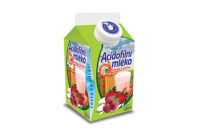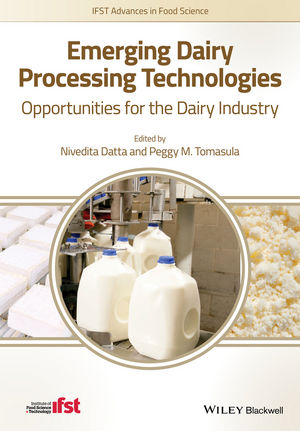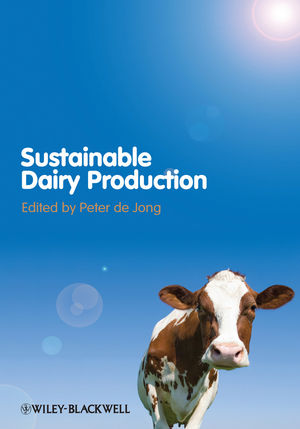Processors look for sustainable packages for dairy foods, beverages

Although they lack convenience and portability, bulk containers are considered to be more sustainable than single-serve packages.
Sustainability is becoming increasingly important to consumers who expect the products they buy to be produced and packaged in an environmentally responsible way.
Speaking at the 2013 International Dairy Show in Chicago in November, EcoFocus Worldwide CEO Linda Gilbert said “We know that dairy shoppers are rethinking their shopping decisions and making changes and choices that reflect a lifestyle commitment to being environmentally friendly.”
Cary Frye, vice president of regulatory and scientific affairs for the International Dairy Foods Association, said that sustainability is playing a big role in the evolution of the dairy sector. “We’re seeing that in packaging, with lighter packaging and more efficient packaging.”
Packaging for dairy foods
The Infini bottle from the UK’s Nampak Plastics exemplifies the kind of lighter and more efficient packaging to which Frye was referring. The company was awarded the Waste Minimization Award in 2013 and received the accolade of “Green Product of the Year” at last year’s British Engineering Excellence Awards. In making this award, the judges stated, “The reduction in material used in the Infini bottle is very impressive and will have a significant environmental impact.”
When it comes to making a slimmer milk package, there are generally three ways that this can be done:
1. Light-weighting through container design. A 12% weight savings through optimized design alone could be possible, with a reduction from 63.6 grams to 56 grams total weight (2.24 ounces to 1.97 ounces), according to Uniloy Milacron.
2. Adding calcium carbonate as a filler to replace virgin HDPE. An addition of up to 8% calcium carbonate could be possible without affecting the recycling recovery rate. The calcium carbonate would be compounded in a master batch, and thus would not require changes to equipment, except for the addition of a material blender. At these levels, an energy reduction of 10.6% could also be possible, Uniloy finds.
3. Light-weighting plus optimizing for calcium carbonate filler. Uniloy says this would require optimizing design to regain top load (for example, a tucked-in handle and ribs on the bottom and on the shoulder). If this was done, a 54-gram (1.9 ounce) bottle could be possible.
Since 85% of fluid milk in the United States is packaged in monolayer HDPE packaging, any reduction in the amount of plastic used can have a major impact on reducing the carbon footprint.
A comprehensive life cycle analysis study on processing and packaging systems by the Innovation Center for U.S. Dairy found that differences between the chilled and ambient systems that were studied were relatively small; one could not say one system was better than another. Since the small differences between systems were mainly the result of what and how much material was used to make the packages, the study recommended light-weighting as a key focus area for improvement in the supply chain impact of fluid milk.
Packaging for yogurt, ice cream
When it comes to yogurt and ice cream, “the two best strategies for reducing packaging waste are to pack more in less, and to move to easily recyclable packaging,” said Robert Lilienfeld, editor of The ULS Report. “Many of the artisanal yogurt producers, such as Noosa here in Colorado, are using larger size tubs which deliver multiple servings and therefore more product per pound of package. On the ice cream size, I like the fact that Talenti is using PET containers, as they are easy for the typical consumer to recycle.”
In 2010 Stonyfield Farm pioneered the move from petroleum-based plastics to plant-based material to form its multipack yogurt cups. Yet when it came to the choice of material for its Greek cups, the company chose polypropylene, even though it isn’t a plastic that is commonly recycled at curbside.
Wood Turner, Stonyfield Farms vice president of sustainability innovation, states on the company website that “we did a comprehensive LCA of every kind of packaging available to see which would be the best for us to use. Polypropylene was the best. It allows us to use lighter packaging, still holds our yogurt and can still be reused when it’s done.”
As for cheese packaging, thermoformable cellulose packaging holds promise because of its lightness, use of renewable fibers and optimized manufacturing processes which are said to offer a reduction in the cradle-to-gate carbon footprint of about 60%.
When it comes to future innovation, an integrated design approach seems to be the next frontier for dairy packaging, where the minimum input is used to get the maximum use of materials. In this, collaboration will be the key, and less will continue to be more.
Looking for a reprint of this article?
From high-res PDFs to custom plaques, order your copy today!









